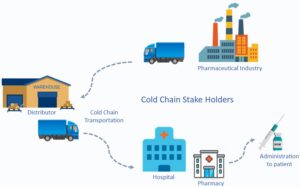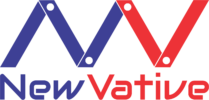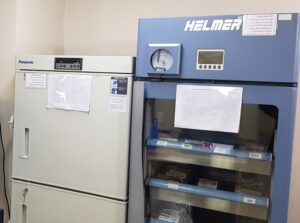Human vulnerabilities in healthcare cold-chain monitoring
Cold chain is a temperature-controlled supply chain for pharmaceutical products that maintains a specific temperature range from manufacturing, distribution, hospital, up till the delivery to the patient. If the cold chain is broken intermittently for these temperature sensitive drugs and vaccines, the products may be damaged or become unsafe for use. The efficacy of the drugs or vaccines may also be reduced, leading to decreased effectiveness. Additionally, bacteria and other microorganisms can grow on the products, which may lead to contamination and potential health risks.
Cold-chain monitoring is a mundane task for staff within a healthcare organization, that requires logging temperature values twice or thrice daily. It is but natural for them to get bored on this repetitive and unchallenging task and fall into a pattern of complacency. To make it simpler, multiple time instants are often logged at once on the sheet. A faulty or uncalibrated sensor may be continuously used to log values. Staff members cannot monitor cold chain continuously as they need to take breaks and are not present 24/7. When a fridge or freezer is opened for shelving the stock, the temperatures typically exceed the allowed limits, in these instances the staff do not log temperature data. Thus, there is an inherent bias towards creating logs that are within limits and ignoring temperature excursions. All these inconsistencies are hard to verify later. Furthermore, manual monitoring and paper logs do not allow for automated quality checks which could lead to poor outcomes.
In larger healthcare organizations, such as, hospitals and diagnostic laboratories etc., overseeing cold chains of multiple storage units (fridges, cold rooms) by the senior (quality) managers also gets difficult. The storage units could be dispersed across multiple departments or laboratories, at different floors. Thus the senior managers can at most do random checks and may still miss out on granularities. Due to this difficulty, very often managers tend to rely only on the manual data sheets filled by the lower staff. These practical constraints necessitate the use of automated monitoring systems to track temperatures in real-time and create audit trails. Automated real-time monitoring can make this task convenient and effective.

